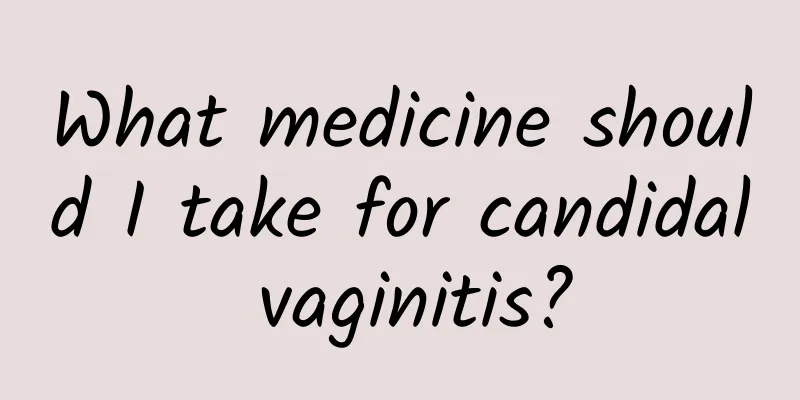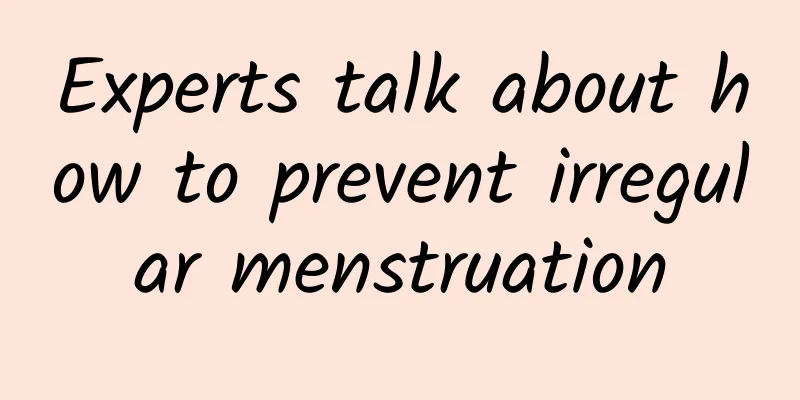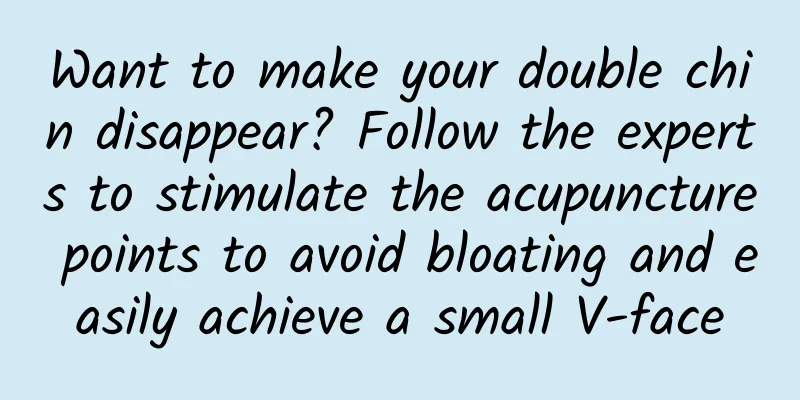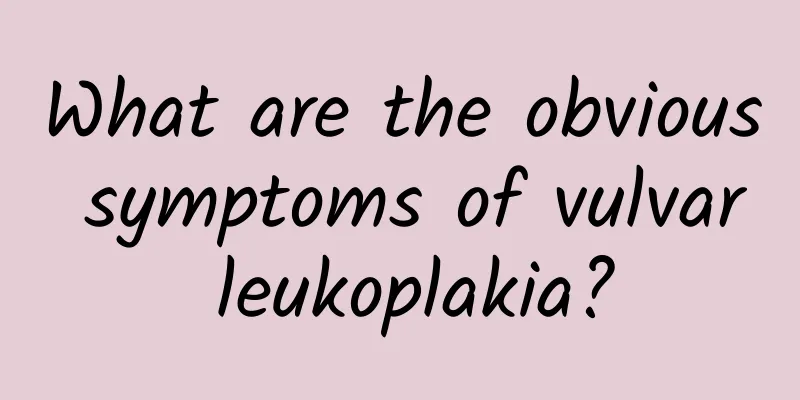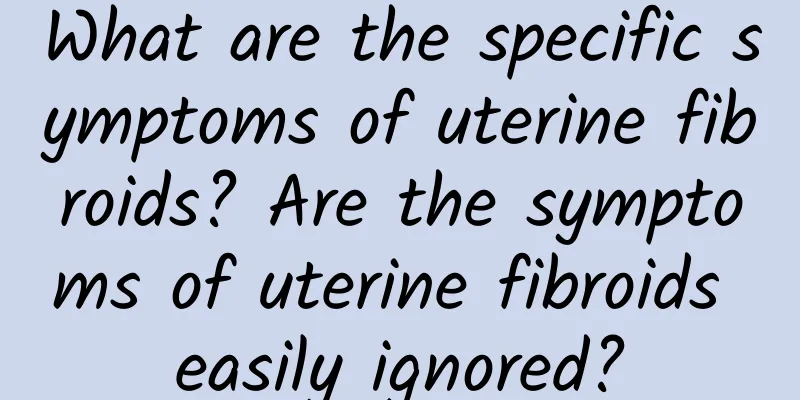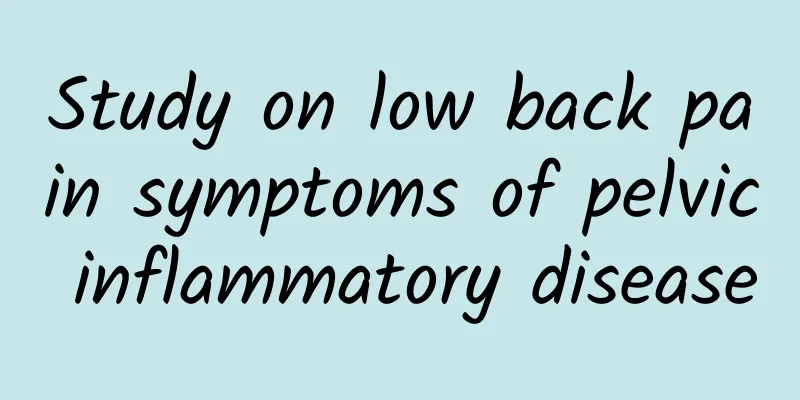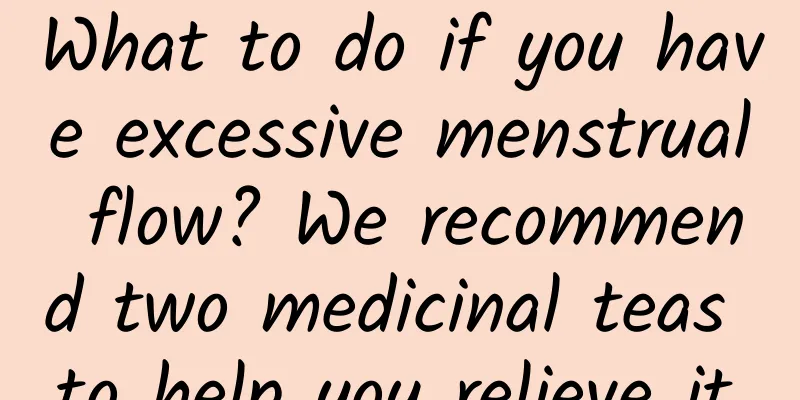Thread embedding for weight loss People with etiological obesity need to treat the disease first

|
Medical disputes over Chinese medicine thread embedding for weight loss are endless, including effects not meeting expectations, allergies, wound suppuration and ulceration, and cellulitis. Chinese medicine practitioners remind that thread embedding for weight loss is an invasive treatment. Before treatment, in addition to ensuring that the physician fulfills his obligation to inform the patient of the risks, it is more important to clarify the cause of obesity before thread embedding. Usually, the effect is greater in those with subcutaneous fat obesity. As for those with etiological obesity, it is recommended to treat the disease first and then thread embedding for weight loss. (Video/Photographer Huang Zhiwen) Chinese medicine practitioner Chen Wangquan said that before people undergo acupuncture and thread embedding to lose weight, they should first have a professional Chinese medicine practitioner confirm the cause of obesity and then perform thread embedding on the corresponding acupoints. (Photography by Luo Huiwen) Acupuncture and thread embedding therapy involves embedding medical catgut (magnetized protein wire) into the human body with special needles. By stimulating acupuncture points for a long time, it regulates the autonomic nervous system, stimulates the qi and blood functions of the meridians and internal organs, and improves symptoms such as endocrine disorders, physical weakness, and edema. However, with the increase in the number of obese people in recent years, more and more people are using acupuncture and thread embedding therapy to suppress appetite, promote fat decomposition, and control weight. The weight loss effects of catgut embedding vary according to the causes of obesity Generally, thread embedding for weight loss is done on abdominal acupuncture points, which are less likely to damage tissues and nerves in the body. However, Chinese medicine practitioner Chen Wangquan said that everyone's obesity type is different, and before thread embedding, one should first "look", "smell", "ask" and "pain" to confirm whether it is subcutaneous fat type obesity or visceral fat accumulation type obesity, whether there are allergic constitutions or contraindications, and then make a dialectical treatment and perform thread embedding on the acupoints corresponding to the obese areas. Obese patients with subcutaneous fat type have better results in weight loss through thread embedding. (Photography by Luo Huiwen) If the patient is obese and has subcutaneous fat accumulation, it may be caused by overeating, laziness or poor metabolism. No matter which weight loss method is used, the effect is quite fast and effective. On the other hand, patients with visceral fat type obesity usually have endocrine disorders, diabetes and other etiological obesity. Before thread embedding weight loss, they should treat the disease first in order to achieve the effect of weight loss. Patients with etiological obesity due to visceral fat accumulation should first treat the disease before undergoing thread embedding to lose weight. (Photography by Luo Huiwen) Precautions for thread embedding for weight loss People with heart disease, diabetes, keloid, low leukocytosis, history of epilepsy, lupus erythematosus, asthma, malignant tumors, immune diseases, kidney disease, coagulation diseases (hemophilia, purpura, blood coagulation defects, etc.), patients with moderate fever, as well as pregnant women, weak constitutions, and those on an empty stomach should avoid thread embedding. Chinese medicine practitioner Chen Wangquan reminds that after determining the cause of obesity and there are no contraindications, people still need to ask their doctors to fully inform them of the side effects and risks before thread embedding. Under normal circumstances, acupoint thread embedding will cause a local tightness, accompanied by feelings of soreness, numbness, swelling, and pain. Normal subcutaneous bleeding may even occur at the thread embedding site. These uncomfortable symptoms usually last for about 2 to 7 days. However, patients should avoid contact of the affected area with water after thread embedment, and avoid tobacco, alcohol, spicy food, seafood and other foods within 3 days to avoid other sequelae. |
<<: Middle-aged fat is hard to get rid of shock wave to create a good curve
>>: The key to autologous fat breast augmentation is to create space
Recommend
Is mild adnexitis treatable?
Mild adnexitis can be cured. The key is to detect...
Beware of amenorrhea caused by premature ovarian failure before the age of 40
Ovarian dysfunction, unable to respond to gonadot...
What is the reason for irregular menstruation in women? These 7 causes can lead to irregular menstruation
1. Bad living habits: They are the main culprits ...
What are the causes of cervical erosion?
The formation of cervical erosion is related to m...
Let me introduce the nursing measures for chronic pelvic inflammatory disease
Chronic pelvic inflammatory disease is a disease ...
Detailed understanding of the causes of vulvar leukoplakia
With the rapid development of science, everyone h...
What are the symptoms of incomplete abortion?
Due to the development of society and the progres...
How to treat endometriosis infertility
Generally speaking, women with endometriosis may ...
Can pelvic peritonitis be cured?
Pelvic peritonitis brings great pain to women, an...
What are the harms of menopause to patients?
Among gynecological diseases, menopause does not ...
How to regulate menstruation after abortion? 4 treatment methods for menstruation after abortion
In fact, today's female friends do not know h...
There are many benefits to doing core training during pregnancy! 3-action boob stick, conducive to normal delivery and accelerated postpartum recovery
Core Training Is it still safe to train your abs ...
What medicine is better for irregular menstruation? Is irregular menstruation very harmful to women's health?
What is the best medicine for irregular menstruat...
Common symptoms of different adnexitis
Adnexitis is a disease that many people suffer fr...
How to treat chronic pelvic inflammatory disease?
Chronic pelvic inflammatory disease is a type of ...
